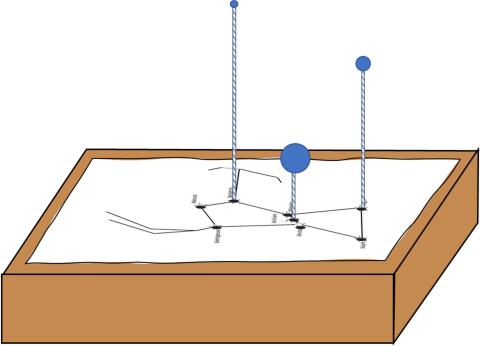From our viewpoint on Earth, we are the centre of a huge sphere in space. And all the objects in the night sky appear as points on the sphere. But the night sky is a 3-dimensional place. Things that look close together in the sky may be far apart. This includes the stars that make up the constellations, which are all very different distances from our planet. If you could travel to another part of the Milky Way galaxy, those stars would not form the same shape.
Create a 3D model of the dazzling constellation of Orion and experience what it looks like from different viewpoints in the Milky Way galaxy.
The activity has been adapted from an Education Activity by McGill Space Institute, Montreal, Canada.
By the end of this resource you will:
- Know that constellations are imaginary shapes the stars make in the sky.
- Understand they only form those shapes from our viewpoint on Earth.
- Have used information in a table to carry out a set of instructions.
- Have made accurate measurements using a ruler.
- Have created a 3D model of the constellation, Orion.
To complete this resource you will need:
- An A4 printed copy of the Orion star map
- A4 piece of card
- Sticky tape
- Pen or pencil
- A copy of the data table
- 30 cm ruler
- 8 straws
- Scissors
- Some tin foil / blue-tak / or modelling clay
- A piece of drawing paper
IT Equipment
Printer


